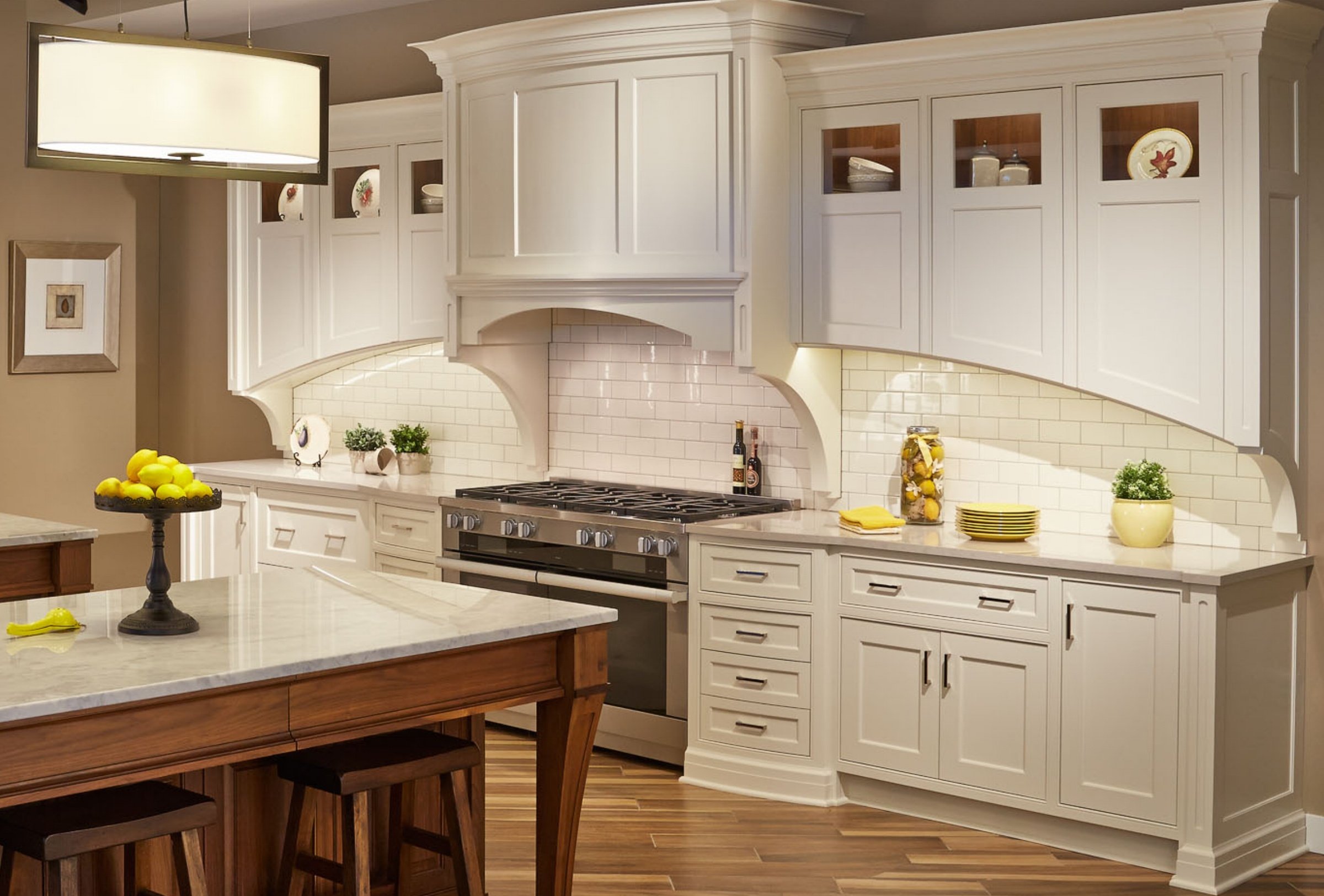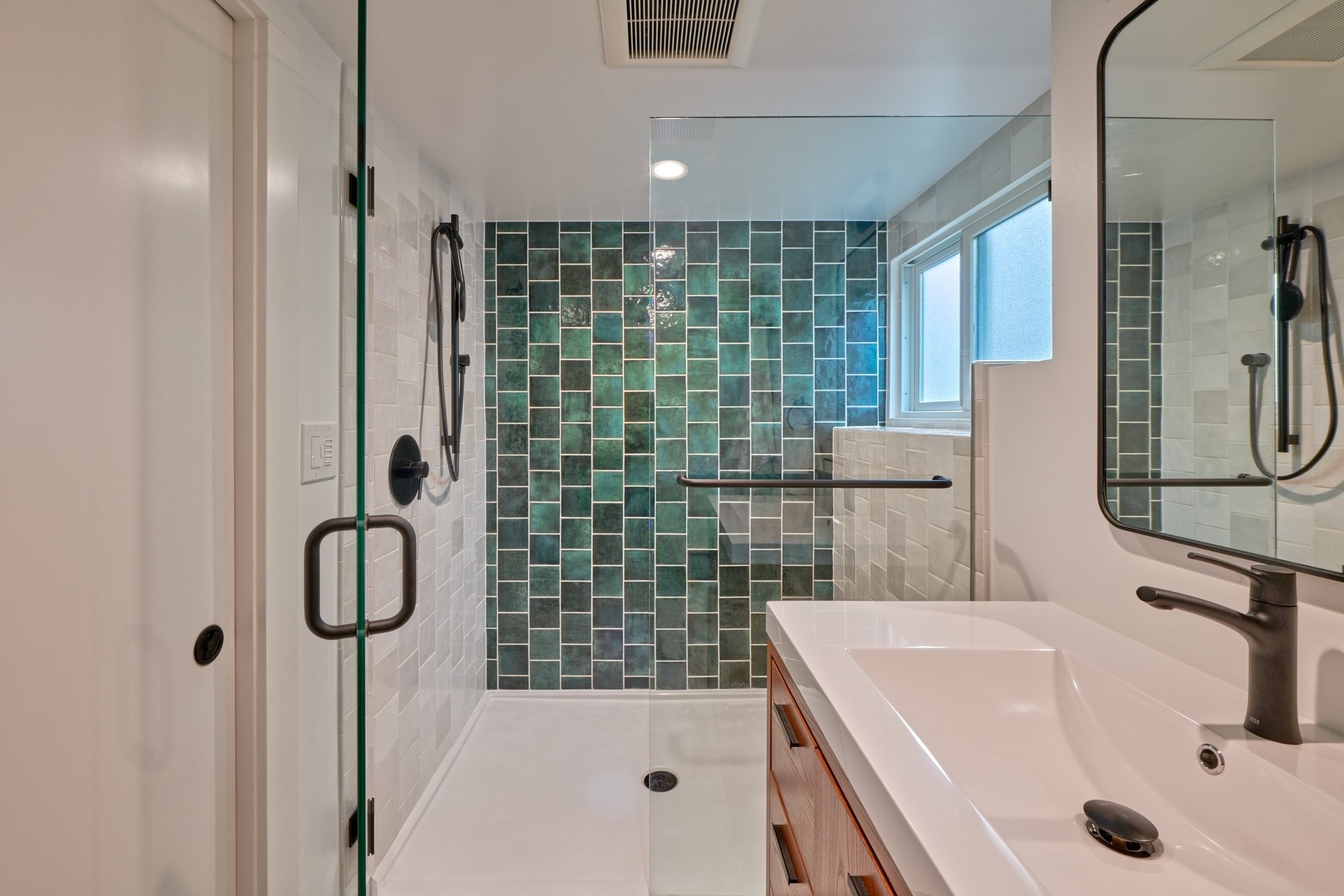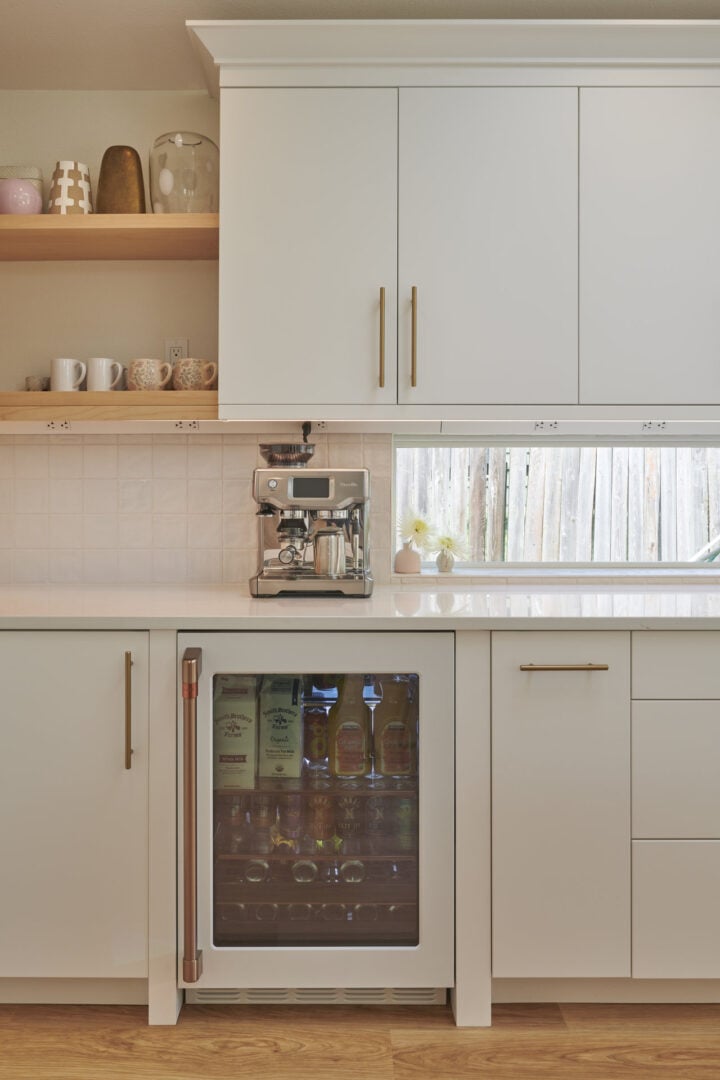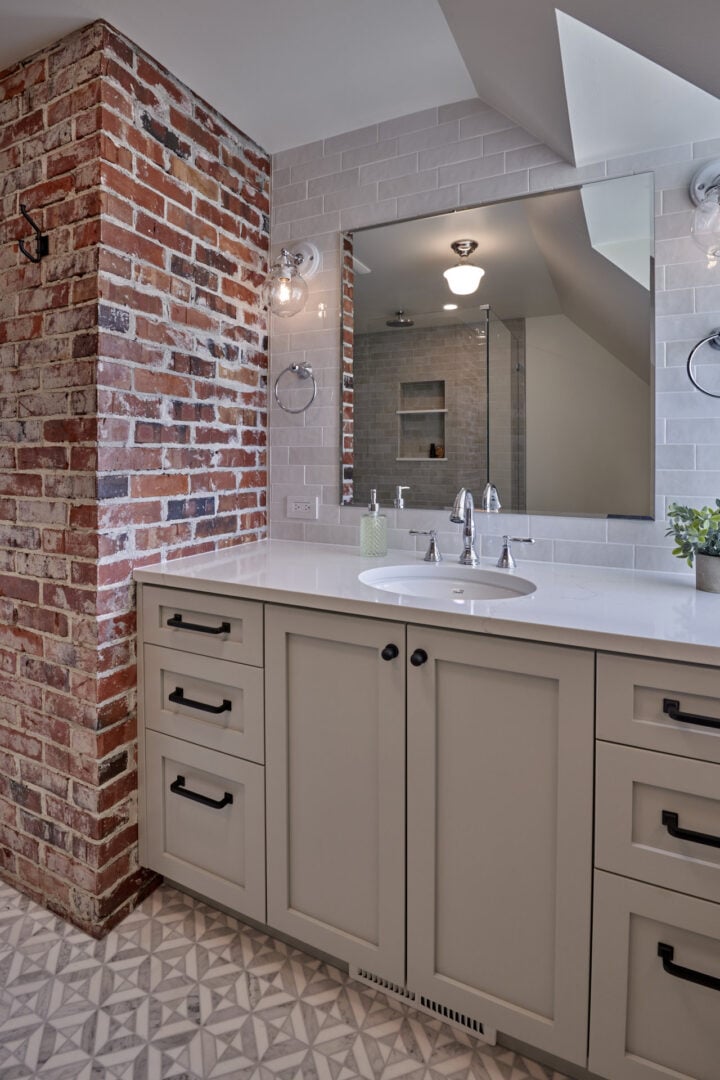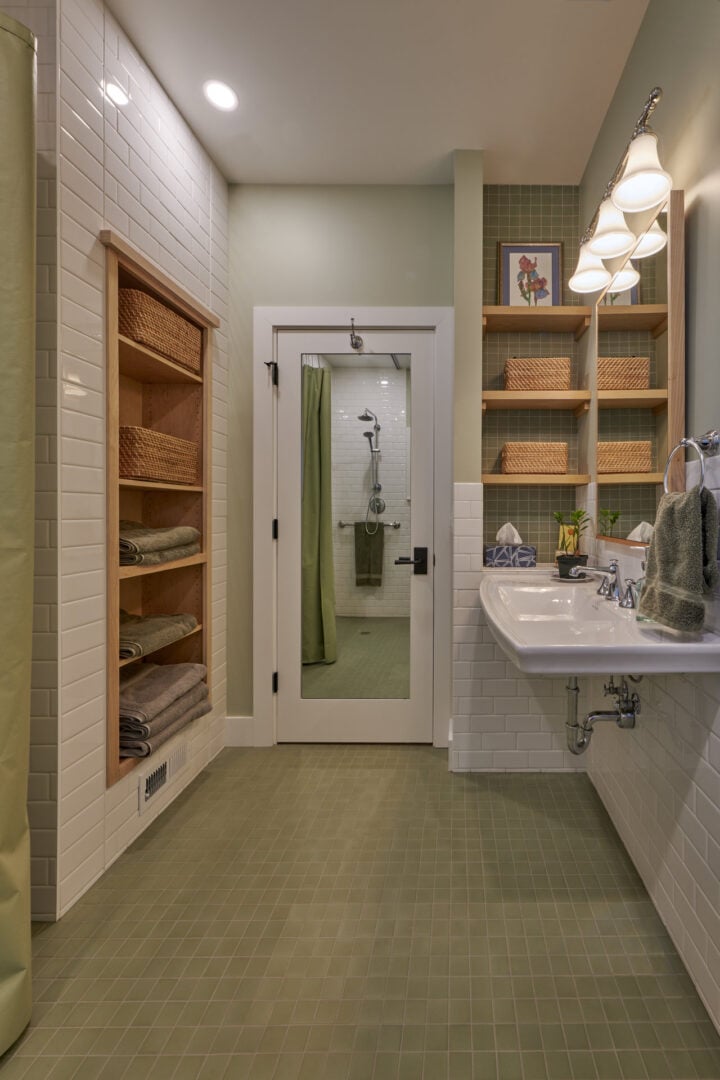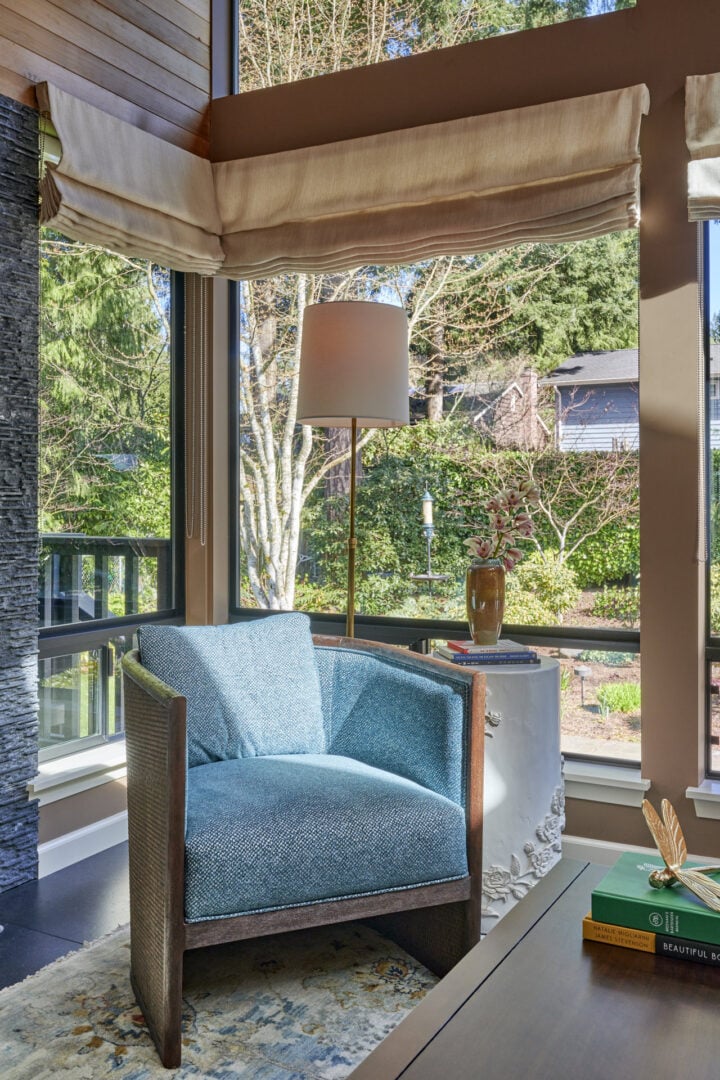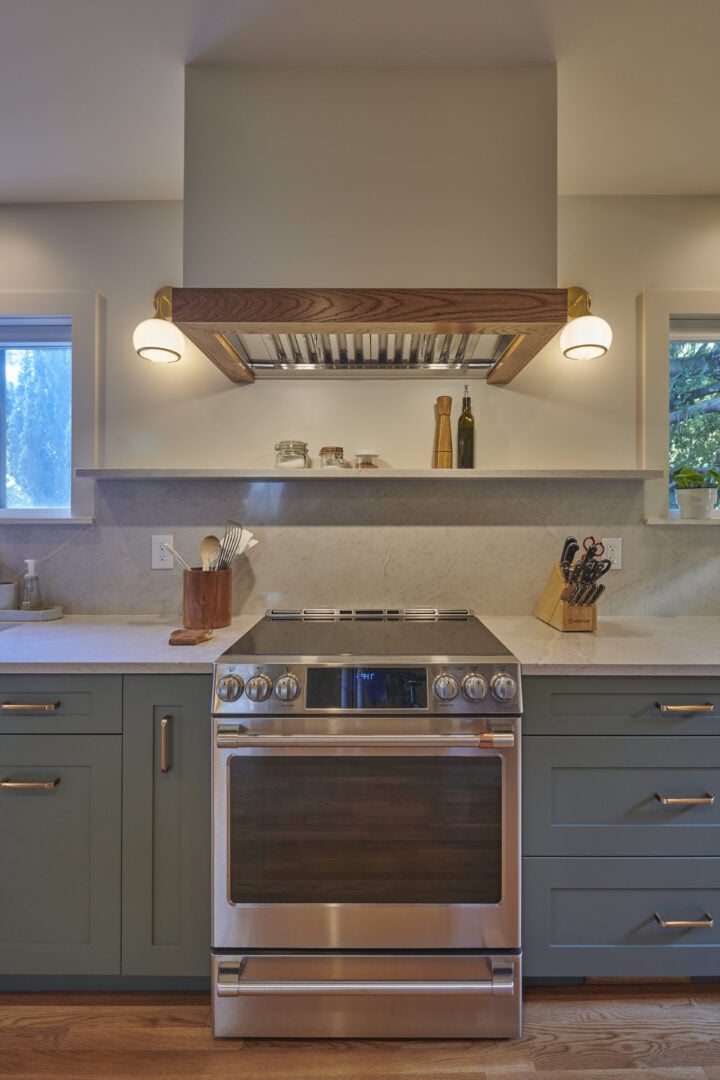What style will your next cabinets be?
If you’ve shopped for kitchen cabinets or bathroom cabinets recently, you might have noticed that there are two different varieties to choose from: face-frame and frameless. Euro-style frameless cabinets have dominated for the last decade or so, but the classic look of face-frame cabinetry is coming back . . . in a big way! Read on to find out why you might want to consider revisiting the framed style.
What are face-framed cabinets?
Okay, close your eyes, and picture your cabinets as a series of wooden boxes, all grouped together. Looking at them head on, each box has four sides. Following the practices of traditional joinery, cabinetmakers attached a narrow frame of wood to the front of those four edges of the box. This served several purposes:
- To make the cabinet stronger.
- To provide a place for the cabinet hinges to attach
- To hide the raw edges of the cabinet frame
What are frameless cabinets?
Face-framing was the traditional American way of crafting cabinets. Europeans are generally credited with figuring out how to make cabinets without frames. These Euro-style cabinet bases are simply boxes. Special door hinges attach directly to the sides of the box. The raw edges of the boxes (usually a wood or synthetic veneer over particleboard) are hidden with edge banding (more veneer). This technique has several advantages, such as potentially lower cost and wider openings for drawers and doors, but in certain cases, I think it trades some of the charm of face-framed cabinetry.
Cabinet door choices
To be clear, you can choose any style of door you want—shaker, raised-panel, slab—with either type of cabinet construction. With face-frame cabinets, you do have to decide if you want full overlay, partial overlay, or inset doors. In other words, do you want the doors to completely hide the face frame, for some of the frame to be visible, or for the door to sit inside the frame. I would choose inset doors because they have a clean appearance, while highlighting the charm of framed cabinets. If you want the more modern look of full-overlay doors, you might as well go with Euro-style cabinets and gain the extra little bit of access area. This Houzz Ideabook I created shows only inset doors.
Should I choose face-framed or frameless cabinets?
As an interior designer, these are the types of choices I love. However, I realize not everyone is quite as fascinated as me by the ins and outs of cabinet construction. Luckily, the price and durability of the two options is just about equal, so I say, just go with the look you love. Face-framed cabinets were almost completely overtaken by frameless in recent years, but now that trend is reversing. So go ahead and try out a look that’s catching on (once again), and help your kitchen or bathroom stand out.
To share some examples of the many stunning ways you can use face-framed cabinets in your interior design, I’ve put together a Houzz Ideabook. As always, if you would like to discuss cabinet choices or other ideas for an upcoming remodel, I am happy to help in any way I can. Get in touch anytime.

